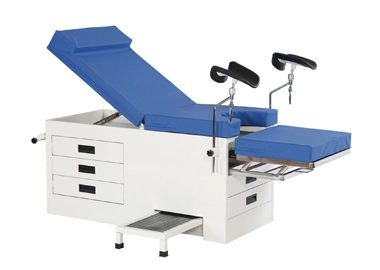Welcome to our websites!
crutches cost
The Cost of Crutches Understanding Expenses and Options
Crutches are essential mobility aids for individuals recovering from injuries, surgeries, or those with chronic conditions affecting their ability to walk. While they are crucial for temporary mobility support, the cost of crutches can vary significantly based on several factors, including type, material, features, and whether they are purchased or rented.
Types of Crutches
There are primarily three types of crutches available in the market underarm (axillary) crutches, forearm (loftstrand) crutches, and platform crutches.
1. Underarm Crutches Typically the most common type, these crutches are used under the armpit and are adjustable in height. Their price ranges from $20 to $100, depending on the brand and materials used. Lightweight aluminum models tend to cost more than plastic alternatives.
2. Forearm Crutches These require users to place their forearms into a cuff and use their hands for support. While slightly more expensive, usually between $40 and $150, they provide greater mobility and are often recommended for long-term use due to their ergonomic design.
3. Platform Crutches Designed for those who cannot grip a standard crutch due to hand or wrist conditions, these are less common and usually more expensive, often ranging from $60 to $200.
Additional Costs
In addition to the base cost of crutches, there are several additional expenses that users should consider.
crutches cost

- Accessories Many users purchase accessories such as crutch pads (for comfort), rubber tips (to enhance grip and prevent slipping), and carrying bags. These accessories can add $10 to $50 to the overall expenditure.
- Delivery Fees If crutches are rented, some medical supply companies may charge delivery fees, which can range from $10 to $50 depending on the distance and company policies.
- Insurance Often, health insurance may cover part or all of the cost for medically necessary equipment. It’s advisable to check with the insurance provider to understand the specifics of reimbursement processes and coverage limits.
Renting vs. Buying
Another option for individuals in need of crutches is renting rather than buying. Renting can be a more cost-effective solution for those who know they will only need crutches for a short time. Rental prices typically range from $10 to $30 per week, although some companies may offer discounted rates for longer rental periods.
While renting might seem cheaper upfront, over time, purchasing crutches may be more economical, especially for those with longer recovery times or chronic conditions. Moreover, owning a pair of crutches allows for immediate access when needed, without the hassle of negotiating rental agreements or additional fees.
Conclusion
When considering crutches, it’s essential to evaluate various factors that will impact the total cost, from the type of crutch and additional accessories to rental options and insurance coverage. By weighing these aspects carefully, individuals can make informed choices that best suit their needs and budget.
Ultimately, while the initial cost of crutches might seem burdensome, investing in the right mobility aid can significantly enhance the quality of life during recovery or ongoing health challenges, paving the way for safer and more comfortable mobility.
-
Transforming Healthcare with Hospital FurnitureNewsJun.24,2025
-
Rehabilitation EquipmentNewsJun.24,2025
-
Mobility and Independence with WheelchairsNewsJun.24,2025
-
Freedom of Mobility with Our Rollator WalkersNewsJun.24,2025
-
Comfort and Independence with Commode ChairsNewsJun.24,2025
-
Bathing Safety and Independence with Shower ChairsNewsJun.24,2025
-
Navigating the Wholesale Landscape of Electric Mobility Solutions: Key Considerations for Power Wheelchair DealersNewsJun.10,2025











